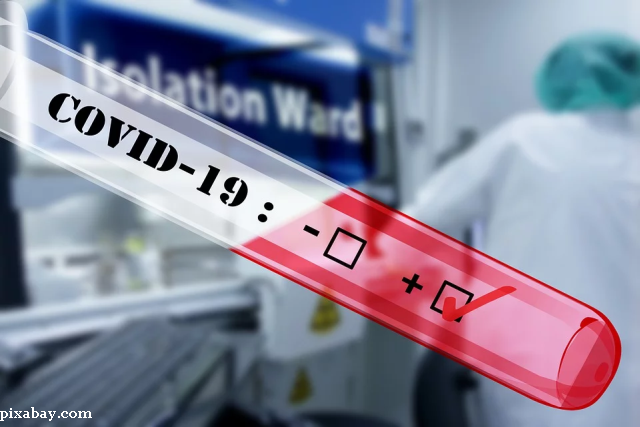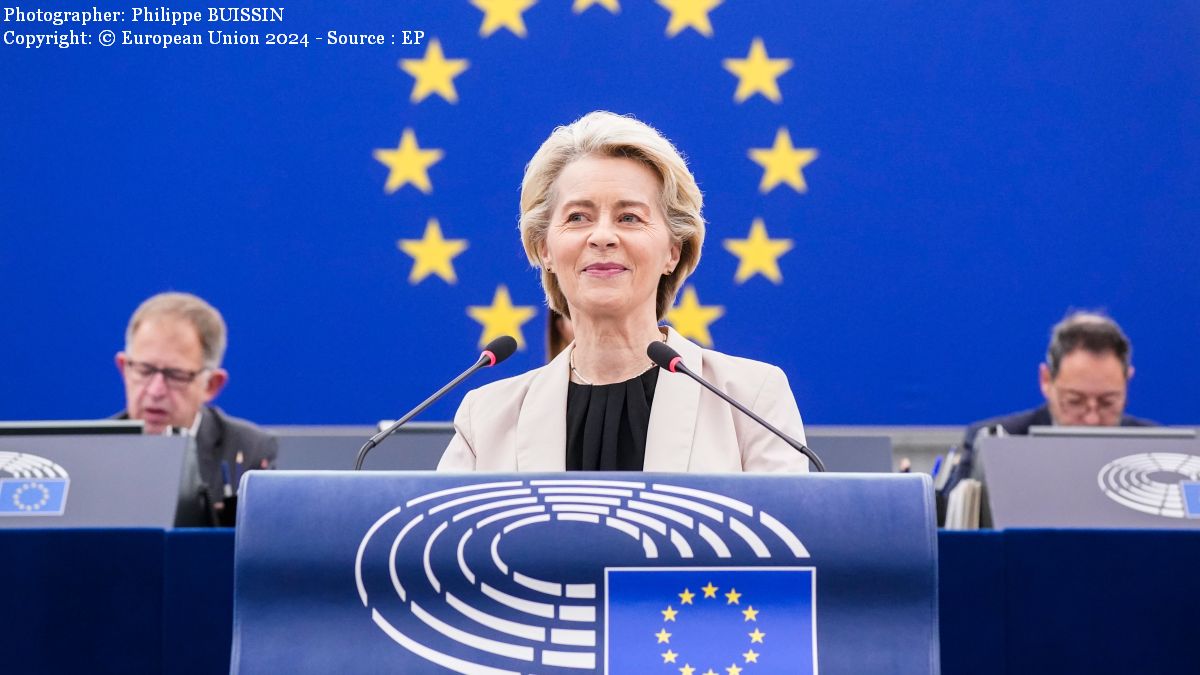How Vulnerable Are We To Viruses?
The press if focused on international efforts to fight the new coronavirus

Corina Cristea, 03.07.2020, 14:00
A pandemic is an infection that starts in a geographic region, spreads over very large areas, and affects a large percentage of the population. It is produced by a strand of the infectious agent for which the population does not have antigens. The notion is now all over the press, which is focused on global efforts because of the new coronavirus, which emerged in China in December last year, which was dubbed SARS COV-2. This is by no means the first pandemic. Humanity has faced along the years other episodes, more or less serious, which left their mark. We may talk about the 1870-1874 smallpox epidemic, or the flu pandemics. The 20th century had three major flu epidemics – the Spanish flu of 1918, originating in China, which killed around 50 milion people; the Asian flu of 1957, which killed around 1.1 million people; and the bird flu which broke out in 1997, which infected millions of domestic birds and a few hundred people, of which 168 died. Other major outbreaks along the years were the HIV/AIDS epidemic, the Ebola epidemic in Africa, and many outbreaks of measles. We also had the MERS epidemic in the Middle East, and the SARS epidemic of 2002 in Hong Kong. And, for a close to complete image, we have to mention the typhus epidemics of 1914 and 1922, which left millions of victims in Eastern Europe and the US, affecting 300,000 people in Romania. The tragic outcome of pandemics is around 200 million people who succumbed to them.
How vulnerable are we to viruses? It is hard to tell, because vaccines keep under control the known viruses, but there is also the specter of a newly emerged virus, which has unknown evolution, which has people scrambling to identify a treatment and come up with a vaccine. A guest on Radio Romania to analyze this pandemic is Dan Zaharescu, executive director of the Romanian Association of International Pharmaceutical Producers, to speak about the importance of these two tools to fight viruses – treatment and vaccination:
“Both are equally important. Of course, from the perspective of public health, the vaccine is the most important, because it is the component that provides the most effective solution to protect the population. But for the people already infected with the virus, treatment is essential. And since we are talking of treatment, right now everyone knows that there is no medication to treat people sick with the SARS COV-2. However, right now there are approximately 82 clinical studies in the world, with existing medication, and experts are trying to expand their application to this virus. At the same time, it is very important to lay our hopes on the vaccines that are being worked on.
How far along are we in finding a vaccine against the novel coronavirus?. Dan Zaharescu said that huge efforts are being made in a race against the clock for finding a new vaccine, and that exceptional strides have been made in certain steps in the process of finding a vaccine. Seven weeks after the genome of the virus was mapped, a vaccine entered Stage 1 of study:
“Stage 1 is studying the effect on healthy patients to identify possible ill side-effects for a healthy person. Then comes Stage 2 of the study, which means clinical study on a few hundred patients, all volunteers. This evaluates safety and provision of immunity, the necessary dosage, and the administration schedule to provide effectiveness. After that comes Stage 3 of the clinical study, which regularly takes a few months, from two to four, evaluating the safety and effectiveness of the vaccine on a large scale. Also under study is the analysis of combining this vaccine with other vaccines, to avoid interference or other types of problems. When these stages are done, an application is put together to license the vaccine. The procedure of licensing, if done expediently, could take two or three months, so that, best case scenario, in order to put out a vaccine takes at least six to eight months.
Hundreds of millions of Euro are spent for research all over the world, and may eventually amount to billions. In total, about 80 vaccines are being developed overall, with the most advanced in the US and China. Among the vaccines that are being tested in pre-clinical trials we also find the vaccine being developed in Romania by OncoGen, the Center for Gene and Cell Therapy in the Treatment of Cancer, in Timisoara, in the west of the country.






























